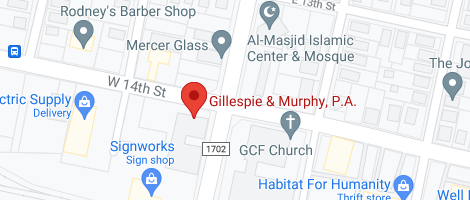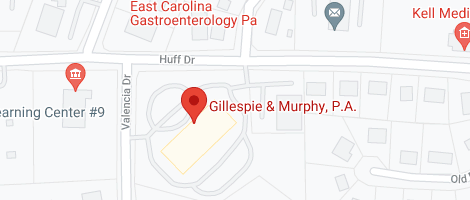In the past, bankruptcy was a taboo topic; however, as of late it is becoming a recognized tool for many people looking for a fresh financial start.
The bankruptcy process has several different aspects, and it is critical that parties understand them and follow them correctly. The various aspects fall into a few categories.
Paperwork
Parties seeking to complete the bankruptcy process must file the appropriate bankruptcy forms. Though they are provided by the U.S. Courts, parties must file the forms with their local North Carolina Bankruptcy Court. These forms must disclose a few key pieces of information:
- Income and property owned
- Debt and expenses
- Financial transactions
The court will review the forms to determine if the party is eligible for bankruptcy. In some cases, the court may require additional information as well.
Counseling
Before filing for bankruptcy, some parties may have to undergo credit counseling to ensure that pursuing bankruptcy is appropriate. For those who progress, they must complete a debt management course during the bankruptcy process. These forms of counseling help to determine the best course of action to begin the process, as well as how to properly manage finances after the bankruptcy to limit the chances of the party ending up in the same place. This may also include creating a plan for properly handling those debts that are not discharged.
Follow through
Bankruptcy is not a one and done process; there are several court dates and out of court requirements that parties must fulfill in order for the court to allow the completion of the bankruptcy. It can be helpful for the applicant to check in with his or her attorney throughout the process to make sure the applicant remains in compliance.
Bankruptcy can be taxing and will take some time. However, the end result can be beneficial for many parties.






